Chapter Seventeen
“What’s in Your First Aid Kit?” is part of the continuing story about the loss of our home in the San Diego Witch Fire of 2007. To read the earlier posts in this series, click on the links at the end of this post.
It’s fall – a flawlessly beautiful Southern California day in paradise. No overcast skies here! Our glorious garden with its faded bloom still flourishes; even roses are still blooming. Crows in residence soar gracefully around our property and forage in our fields. Our surrounding mountains are barren and dry from the recent freakish heat wave. The wind is softly blowing and it’s still fire season in our county.
Since October 21, 2007, the blowing wind has made me nervous, anxious and cautious. And while this morning’s wind is more like a breeze, by afternoon it will be more robust – more blustery. A day doesn’t go by without wind in our valley and combined with the dry weather and parched landscape, the perfect combination for fire.
So, while I love fall (and winter, spring and summer), my inner radar activates and I worry throughout fire season. The two largest fires in our area in recent years have occurred in October – the 2003 wildfires jointly known as the Cedar Fire and the 2007 wildfires collectively known as the Witch Fire. The 2003 Cedar Fire burned 2,800+ buildings (homes and other structures), 280,000+ acres and killed 16 people. The 2007 Witch Fire destroyed 500,000+ acres, burned 2,500+ buildings (homes and other structures including our home) and killed 9 people. With around 1,000,000 people evacuated during the 10-day Witch Fire, it is the largest evacuation in California’s history.
We rebuilt our home and moved back to our property and into our new home in December 2008, just before Christmas. Over the next several months, we worked to furnish our new home, top-to-bottom, including purchasing a small first aid kit to keep inside our house for minor emergencies.
Since we have passed the 5th anniversary of this fire, I decided to review what’s in our first aid kit and update our supplies. But, first I decided to research what should be in a first aid kit. The internet is a marvelous place and I had plenty of information at my fingertips.
Armed with basic first aid kit information, I collected our first aid kit and other various related items around the house that could possibly belong in a first aid kit. And, while shopping recently at Target, I came across empty first aid kit soft cases. The intent of these cases, obviously, is to “make your own.” So, I had these empty cases, too, in my supplies.
Above photo: right – empty first aid kit cases from Target and left – the list included with the empty first aid kit cases from Target.
I laid everything out on our kitchen table to review and check against my new checklist. To my great surprise, our kit and various other supplies were completely lacking! First of all, all of the items with expiration dates (ointments, salves, antiseptic wipes, etc.) had long since expired! In addition, recommendations from various sites suggested the need for a first aid kit in each vehicle, one in your emergency gear for evacuation plus one in your house! We had one, not the total of four recommended (we have two vehicles).
Checklist I created from my internet research. The yellow highlighted items were what I had on-hand that had not expired!
Our existing first aid kit and other first aid supplies (plus the empty cases from Target).
Determined not to be caught unprepared again, I have made it my mission to create up-to-date, well-supplied first aid kits, emergency supplies and evacuation kits.
My attempt to fill the empty first aid kits from Target with existing supplies using the list supplied in the cases plus the list I created on-line. A dismal failure! Not enough of the right items and many items I didn’t have at all!
Dividing up a supply of facial masks so that I can put some in each kit. These were left over from our “rubble party” the day family and friends arrived on-site at our destroyed home to dig through the rubble.
Here is my First Aid Kit Checklist of items, from various sources, that should be included in first aid kits. This list is a suggestion only, based on my personal on-line research and not meant to be all-inclusive.
Below are links to several sites that were helpful in my research. Links provided are to the “home” page. In the “search” box of each of these websites, type in “first aid kit” for articles and checklists.
I ended up buying “car first aid kits” from AAA (through Amazon) and a larger first aid kit for our emergency supplies (also through Amazon). Replacing individual “used up and expired items” proved to be too costly, so I decided to just start over. My old first aid kit with its still useable supplies is the one that we keep in the house, supplemented with a few new items. The larger brand-new first aid kit is stored in our garage with our emergency supplies (so we can use it at home, too, if needed) and the auto kits are in each of our cars.
Notice of the expiration date on the auto first aid kits!
However, please note that neither the auto first aid kits or the larger first aid kit that I purchased included all of the recommended items on MY compiled checklist based on my on-line research.
Here’s the first aid kit I purchased on-line through Amazon. Please note that the outside of this case does not tell you what’s inside! The two photos on the right display the contents of this kit.
While my compiled First Aid Kit Checklist is extensive (some may argue overkill), I decided for our use, I would rather have MORE safety and first aid items than less (we live in the country about 10 miles from the closest drug store). So, my supplemented items are now in the soft-sided empty first aid kit cases that I purchased from Target several months ago.
Here are all the other items I purchased in order to “round out” additional items needed on my checklist that were NOT included in the purchased first aid it. Notice the purchased first aid kit in the upper right corner.
Whatever you decide to do for you and your family, having a purchased first aid kit is better than not having one at all!
Above photo: my purchased first aid kit PLUS a plastic storage tub full of the additional items purchased to round out first aid supplies. There are now stored in our garage with our evacuation supplies.
Be sure to check your kit regularly (at least yearly) to monitor expiration dates of medications, ointments, etc. Check your kits periodically and replace items that have been used. Also, check the sterile packets to make sure they are intact (not ripped or frayed) and if not intact, replace them.
Finally, store your home kit out of reach of young children, but in an easy-to-access location for adults.
Now, go find your first aid kit and see what’s in yours (and don’t forget to check the expiration dates!). Then, let me know if yours has expired!
Until Next Time,
Related Posts:
(other posts in the fire series)
- Prologue – Any Way the Wind Blows
- Chapter One – The Valley That Time Forgot
- Chapter Two – Eye of the Storm
- Chapter Three – In the Blink of an Eye
- Chapter Three.One – Too Far From Home (Tiffany’s story)
- Chapter Four – Between a Rock and a Hard Place
- Chapter Five – In a Blue Funk
- Chapter Six – Back to Square One
- Chapter Seven – One Step Forward, Two Steps Back
- Chapter Eight – Not Me, Why Me, Who Me, It’s Me
- Chapter Nine – The Whole Kit and Caboodle
- Chapter Ten – Feathering the Nest
- Chapter Eleven – The Blind Leading the Blind
- Chapter Twelve – Apple Pie Order
- Chapter Thirteen – All Hands on Deck!
- Chapter Fourteen – In the Lap of Luxury
- Chapter Fifteen – Much of Muchness
- Chapter Sixteen – The Backup Plan
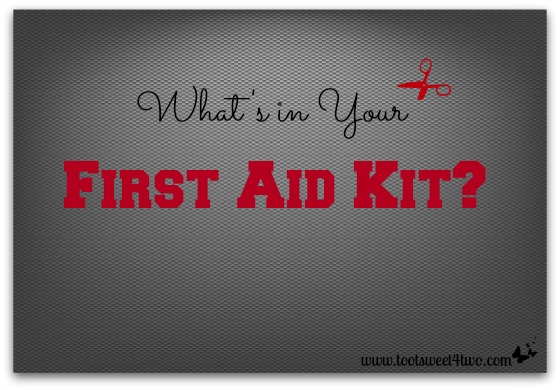
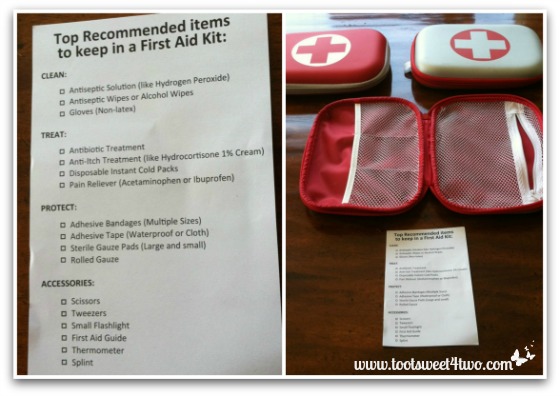
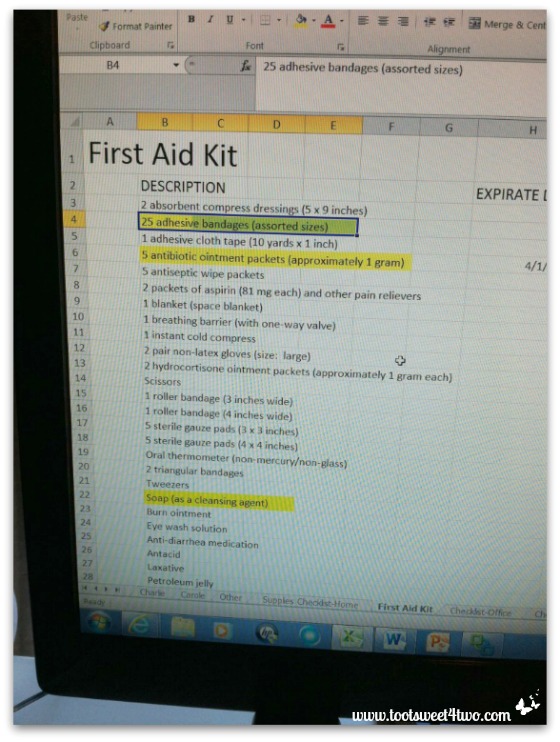
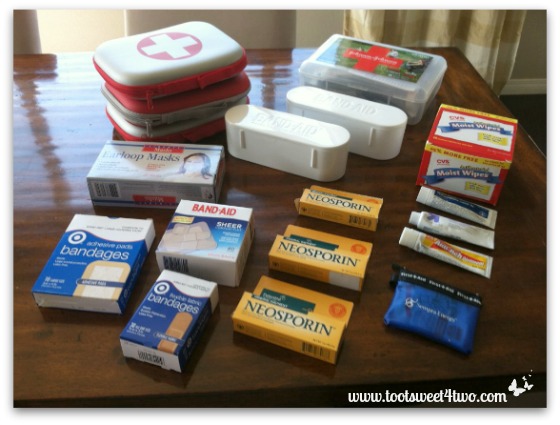
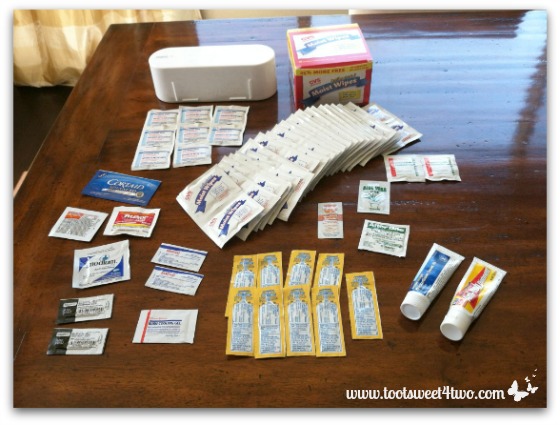
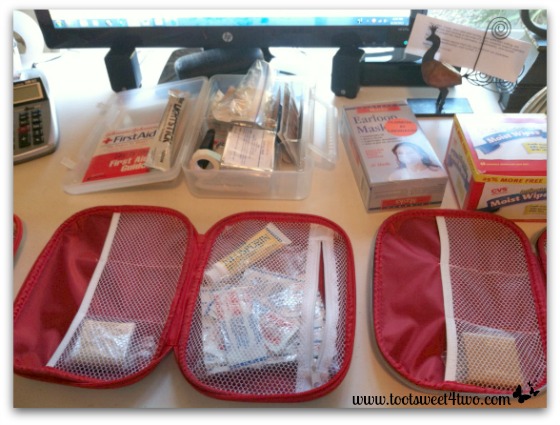
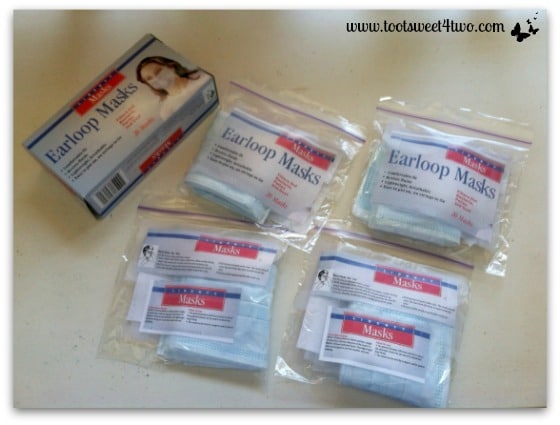

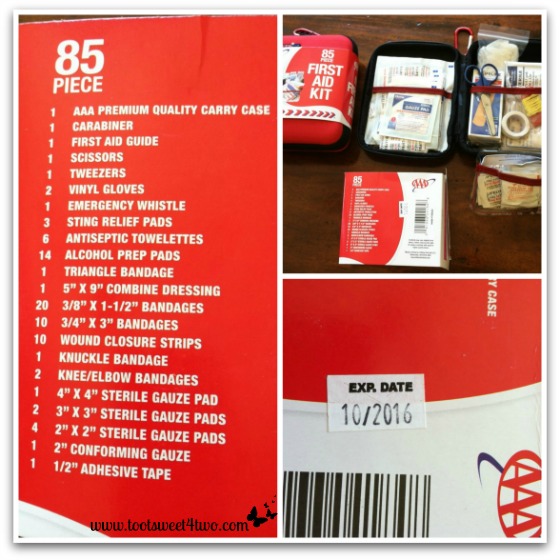
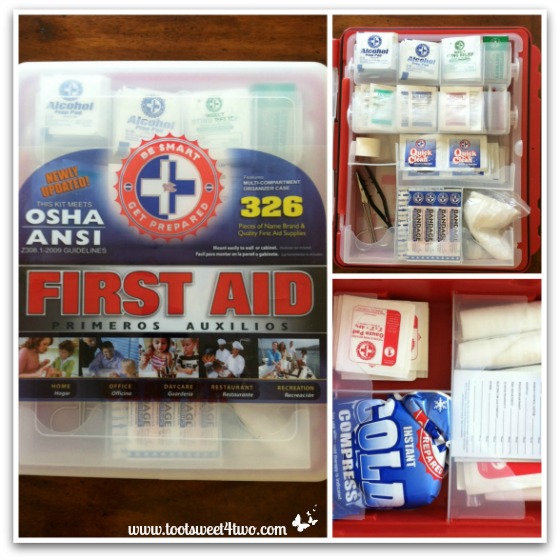
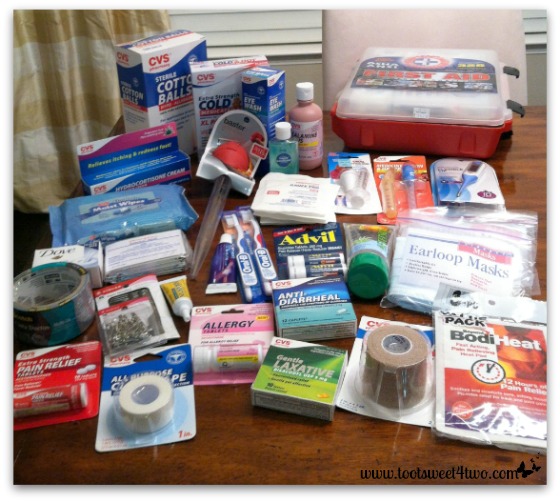
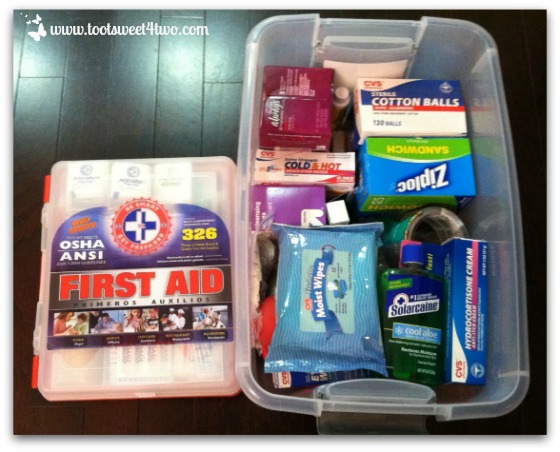

Leave a Reply